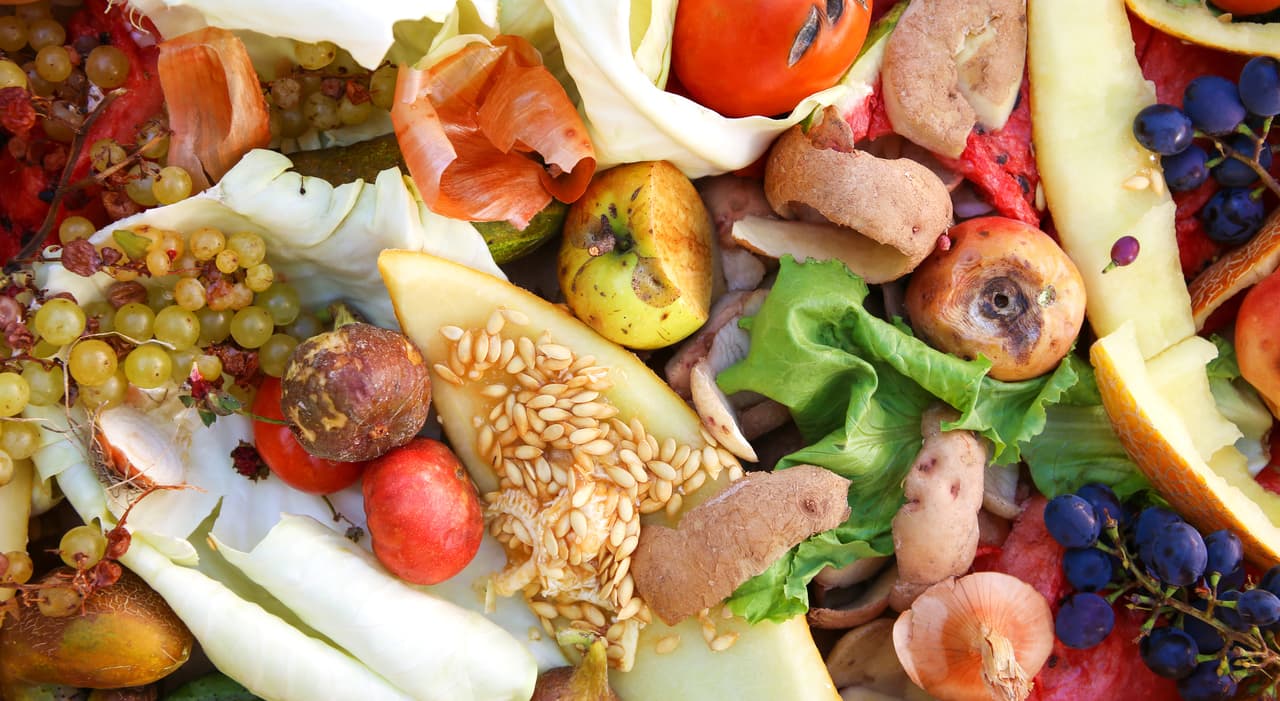

The valuation in U.S. dollars that is projected for the beverage cans market.
70 Billion
The percentage that aluminum beverage cans—by material—will account for global demand for beverages through 2031.
70%
Source: Beverage Cans Market report by Fact.MR; Photo courtesy of Getty Images / Gavran333
Beverage cans market to grow
The global beverage cans market is anticipated to expand at a CAGR of 5% across the 2021-2031 forecast period, according to Fact.MR’s ESOMAR-certified market research and consulting firm’s recently published market intelligence report. A valuation of $70 billion is projected for the market. The report says that manufacturers are capitalizing on the surging popularity of aluminum cans to garner heightened revenue shares.
Demand has surged since the outbreak of COVID-19, as consumers inclined towards consumption of ready-to-drink carbonated, energy and alcoholic beverages across key regions.
Manufacturers are reported to be focusing on advanced technologies and smart augmented reality packaging innovations. Delivering a range of content and stories through a unique AR code printed on aluminum cans is becoming a prevalent trend in recent years. The industry is constantly adapting and innovating changes to keep the cans colorful, attractive and easy to use by inventing temperature-sensitive inks. Increasing aesthetic appeal, while simultaneously imparting strength and robustness, is influencing current manufacturing practices in the beverage cans industry.
By material, aluminum beverage cans to account for 70% of global demand through 2031. Two-piece beverage cans are projected to account for three out of five sales. The report indicates that carbonated soft drinks are to be the most widely marketed beverages, accounting for two-fifths of overall demand. Also, Asia will represent substantial growth prospects, yielding 60% of total demand, primarily spurred by India and China.
“The planet is growing but shrinking in resources, and we can’t support global needs with the foods we have.”
—Mohammed Ashour, CEO, Aspire Food Group

Photo courtesy of Getty Images / Mukhina1
